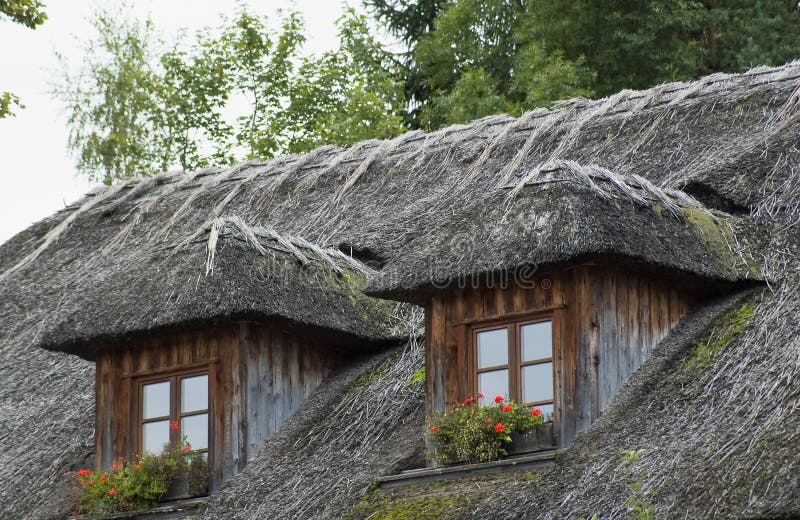

This is why you’ll find all kinds of thatched roof styles across the globe.Īs with European countries, traditional thatching methods died out in the 19 th century, as more houses were roofed with slate or tile. Thatching is arguably one of the oldest methods for roofing because it uses natural materials that are easy to gather and process. It shouldn’t come as a surprise that thatch existed in US and Canada pre-settlement. In fact, sod buildings were later used by European settlers, although they’d come to symbolise hardship by this point. There’s evidence of them in southern British Columbia, Labrador, the Arctic, and more. Sod houses were very popular buildings with indigenous communities in Canada. It would be fitted on the roof of small buildings to insulate the interior. Sod is chunks of earth, often still with the grass layer attached.

It’s debatable whether we can count these as thatch, but they follow the same principles. It looked very similar in the end, though.Īnother method used was sod roofs. Whereas Europeans used straw, indigenous people used local grasses and reeds. The thatch was layered in the same way as the European method, but the bundles were basically stuck in place. One method used pre-settlement was to fix bundles of thatch onto a building’s roof using mud or clay. Other methods exist, though, such as those used in Canada before the European method was introduced. This uses straw or water reeds tied together in bunches, which are then fitted on a roof. Specialized thatchers, whose expertise is crucial. Thatch, as many of us understand it, is based on the European method. In rural Hungary, thatching was the prevalent method for constructing roofs for homes and farm buildings. The thatching trade’s biggest ally is known as The International Thatching Society. A potential lake cottage with a thatched roof on Priest Lake in Idaho. A 50 year lifespan rivals any of today’s high quality roofing.

Are There Any Thatched Roofs in Canada?.Can You Have a Thatched Roof in Canada?.It’s also extremely important for anyone whose thatching is relatively thin, subject to gaps at areas of transition to other materials, or penetrable by outside air. Hot or cold roof insulation for thatched roofs?Ĭold roofs tend to be the best course of action for those who have no habitable use for the space between their ceiling and roof. Making the most of it is imperative to an ecologically efficient house. This may sound good, but insulation is consistently one of the most high impact, cost effective methods of cutting energy consumption. Evidently there are a lot of variables, but as a rule of thumb you’d be looking at 0.2/m2k for 450mm of well maintained reed or 350mm of straw. Other factors include ventilation, pitch and moisture content. Overall, U values vary greatly according to thickness and density of the thatch, in fact depending on the materials, thickness and condition of the thatch, some thatched roofs can come close on their own to meeting modern standards for thermal insulation. This natural propensity to maintain thermal mass is what we in the biz call the U value, and at the height of it’s game a thatched roofs’ U value can be impressively high. Thatching creates air pockets within structure of the thatch that trap and hold heat, insulating a building in both warm and cold weather.


 0 kommentar(er)
0 kommentar(er)
